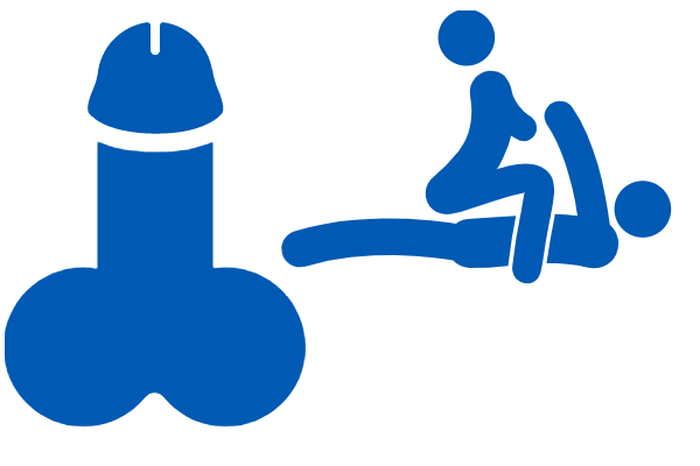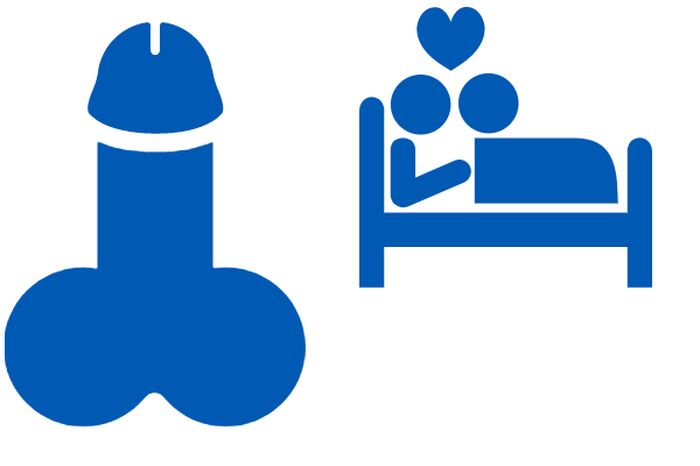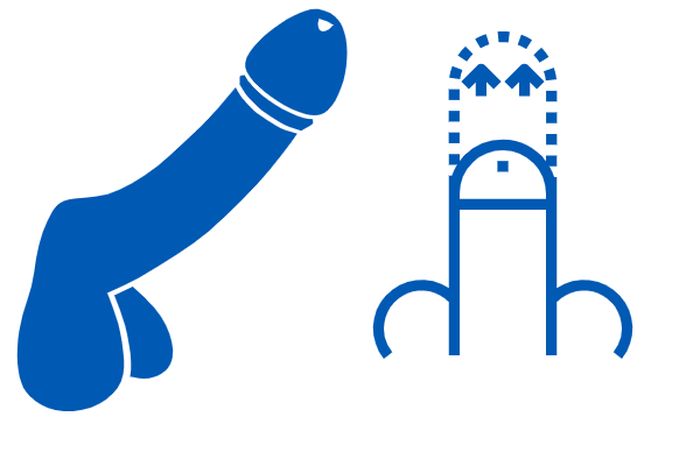How does the male orgasm happen?
Orgasm is that wonderful feeling of infinite pleasure that we all like to feel, whether alone or in company. But there is a sequence of interesting phases involved in this pleasurable sensation.

So how is the feeling of pleasure generated on a physical level in the body? This happens in 5 phases: arousal, lubrication, plateau, orgasm itself, and resolution.
Excitement:
At the command of the brain, the penis fills the corpora cavernosa with blood and thus produces the necessary rigidity before the "action", that is, the penis becomes erect and hard. At this point, the testes rise, the scrotum expands, and the entrance to the urethra dilates.
Lubrication:
When the man is already very aroused, the Cowper's glands secrete pre-seminal fluid to lubricate the head of the penis, preparing it for penetration.
plateau stage:
It occurs already during penetration and it is the moment when the penis reaches its largest size and a kind of stress and sweat is generated throughout the body.
Orgasm:
This is when ejaculation occurs thanks to the recurrent contractions of the urethra, pubococcygeus muscle and penile tissue. The expulsion phase of ejaculation is activated by motor neurons of the autonomic system (the one that controls involuntary actions) located in the spinal cord at the lumbar and sacral level.
- Do you know the difference between orgasm and orgasm? Do you think orgasm and cum are the same thing?
The answer is that they are different things. Enjoying is the expulsion of ejaculatory fluid, while orgasm is the intense sensation of pleasure. These terms are often confused, since most of the time the man feels orgasm at the moment when ejaculation occurs.
Resolution:
The erection goes away and the body enters a relaxed state.
Fun fact: Unlike the wonderful time of the female orgasm which can last more than 20 seconds, the male orgasm only lasts between 6 and 15 seconds at most.



















